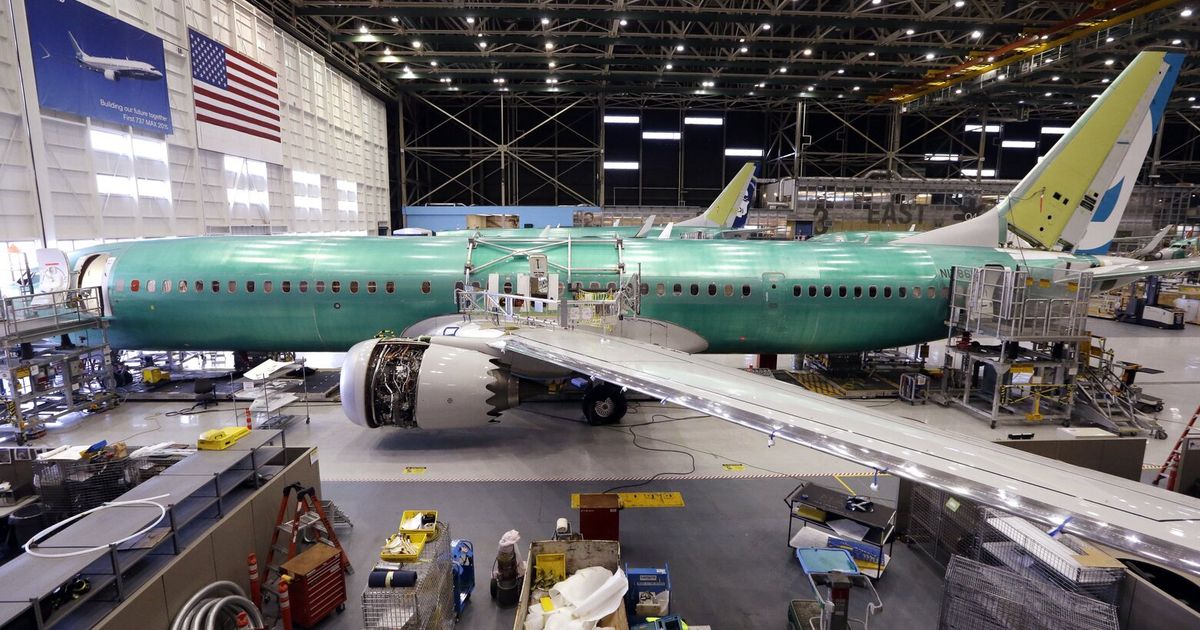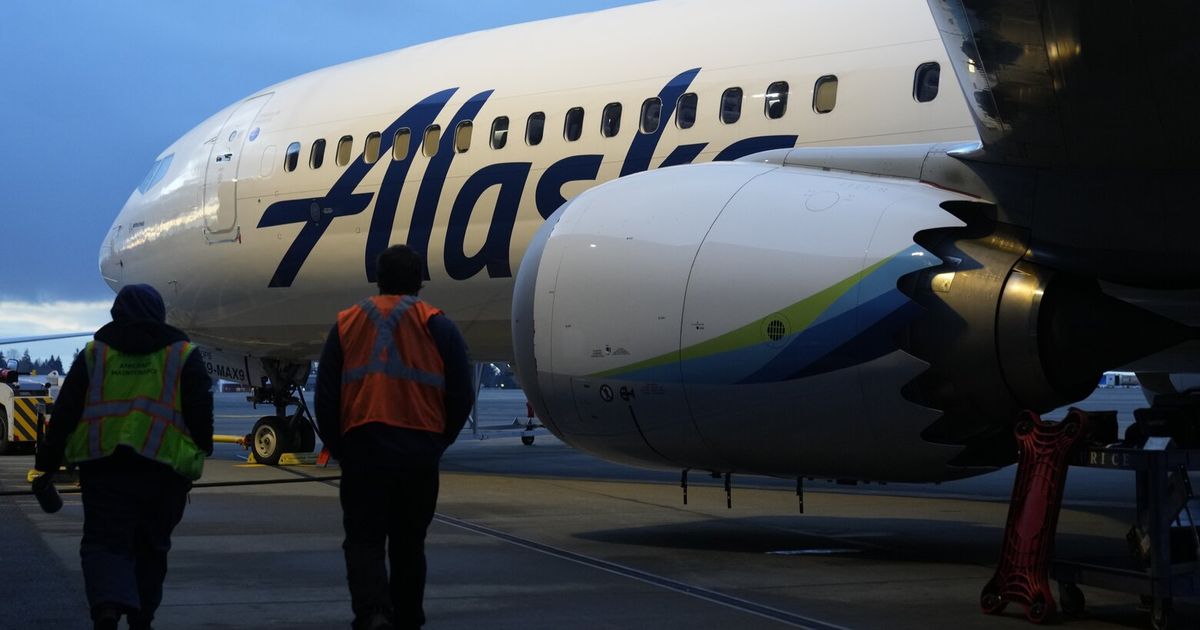Thats a normal thing to do, even on the pre flight safety video they tell you to stretch and move your limbs. People who didnt even know, could suffer from DVT (deep vein thrombosis). When there is actual possibility of turbulence, you will be told by the FAs to sit and buckle up in case of sudden mild or severe turbulence because you never know where thatone gust of wind might come from. Pilots have weather radars and 99% of the time avoid any obvious danger zones but at the same time they have to follow a flight path the tower control gives them, with permission to lower or extend their altitude or to fly around that black cloud.
Generally, you will have turbulence on every flight, it's a normal thing, nothing to be scared of. It's just winds hitting from opposite directions, same as in the ocean we have streams coming from different directions and they collide and make a whirlwind. As someone that worked in the aviation industry, you would be surprised just how much an aircraft can take. Some of them can flex their wings 90* without breaking. Its designed for extreme measures but 99.9% an airplane will never experience something so bad that it brings the aircraft down. As always and with recent aviation accidents, most of them happen during take-off and landing, not in the air.
People need to understand just how many aircrafts are up in the air at all times which is why they cant just avoid every single weather. Download FlightRadar 24 and you will see just how many planes are above you at this very moment











